Navigating the complex landscape of inbound marketing, various strategies can be employed to transform interested prospects into devoted customers. ? From B2B giants to small e-commerce operations, the challenge is to create resonant, engaging content that speaks directly to the needs and wants of your target audience.
In this article, we’ll delve into the “12 Best Inbound Marketing Strategies,” designed to meet different business goals, such as:
- Building Connections: Using social media platforms like Facebook and LinkedIn to foster relationships with potential clients.
- Enhancing Engagement: Crafting compelling blogs, podcasts, or webinars that hook your audience’s attention.
- Converting Leads: Implementing effective email campaigns to nurture leads and drive conversions.

These strategies are not just theories; they are practical methods that have been used by professionals across industries, including manufacturing, fintech, and entertainment sectors. ?
Are you keen on taking your conversion rate to a higher level? Explore Plerdy tool for CRO & UX, a leading solution that integrates seamlessly into your campaigns to bring out the best in your marketing efforts. Start your journey by signing up for Plerdy and transform the way you engage with your audience today! ?
What is inbound marketing?
Inbound marketing is a modern approach that focuses on drawing customers in rather than pushing products out. It’s about creating valuable experiences tailored to the individual, aligning content with a customer’s interest, and fostering a relationship built on trust.
Consider a software company that wants to engage potential users. Instead of bombarding them with ads, the company offers free educational webinars, insightful blog posts, and helpful guides. This strategic approach demonstrates the company’s expertise and builds trust among its audience.
Here’s a snapshot of the elements involved in inbound marketing:
- Content Creation: Crafting informative and engaging content that answers the needs and questions of potential customers.
- Personalization: Tailoring interactions and offers to suit individual customer preferences and needs.
- Lifecycle Marketing: Aligning content and engagement with consumer stages.
- Integration: Blending different marketing tools and platforms for a seamless and consistent customer experience.
By embracing an inbound marketing strategy, businesses create value for customers, foster loyalty, and build a community around their brand. For example, a fitness brand may offer free workout plans and nutritional guides, not only to sell products but to encourage a healthy lifestyle. The relationship moves beyond a simple transaction, turning customers into advocates and ambassadors. It’s a win-win approach, where businesses grow their brand while customers receive meaningful content and engagement.
The Importance of Inbound Marketing in Today’s Digital Landscape

In today’s hyper-digital landscape, inbound marketing emerges as a cornerstone for businesses eager to foster meaningful relationships with customers. Unlike traditional outbound strategies—broadcasting messages indiscriminately—inbound marketing crafts tailored content to pique customer interest, encouraging them to engage organically with the brand.
Three core elements underscore the pivotal role of inbound marketing:
- Customer Centricity: Inbound marketing places customers at its heart, designing strategies around their needs, preferences, and behaviors. For example, a boutique fitness center might offer nutritional advice or workout tips via a blog, resonating with health-conscious clients.
- Trust and Authority: By offering high-quality, relevant content, brands position themselves as industry thought leaders. Consider a digital design firm sharing tips on user interface trends; this not only provides value but bolsters the firm’s authority.
- Long-term Engagement: Inbound marketing promotes ongoing dialogue and interaction. A sustainable fashion brand, for example, could keep customers engaged with behind-the-scenes production stories, sparking conversations around ethical consumption.
Inbound marketing strategies, then, transcend transactional interactions. They forge enduring bonds with customers—inviting them into a shared journey rather than a mere commercial exchange. In an era marked by information overload, inbound marketing offers a salient approach, driving brand visibility and customer loyalty by delivering captivating, customer-centric content. The future belongs to those brands that can artfully tap into this strategy—crafting narratives that echo in the minds and hearts of their customers long after the first point of interaction.
Inbound marketing’s power to humanize brands and transform them into trusted partners rather than anonymous entities in the broad digital realm is what makes it so effective. Selling is storytelling, and the best stories reflect the audience’s actual experiences and objectives.
List of 12 Best Inbound Marketing Strategies
Navigating the bustling landscape of inbound marketing requires a savvy understanding of the most effective strategies. After poring over the “12 Best Inbound Marketing Strategies,” it’s clear that each one offers a unique avenue to engage customers, aligning perfectly with specific business goals and customer needs. Whether it’s leveraging customer testimonials or diving into content marketing, these strategies breathe life into the connections between a brand and its audience, putting the customer at the heart of every interaction.
Strategy 1: SEO Optimization
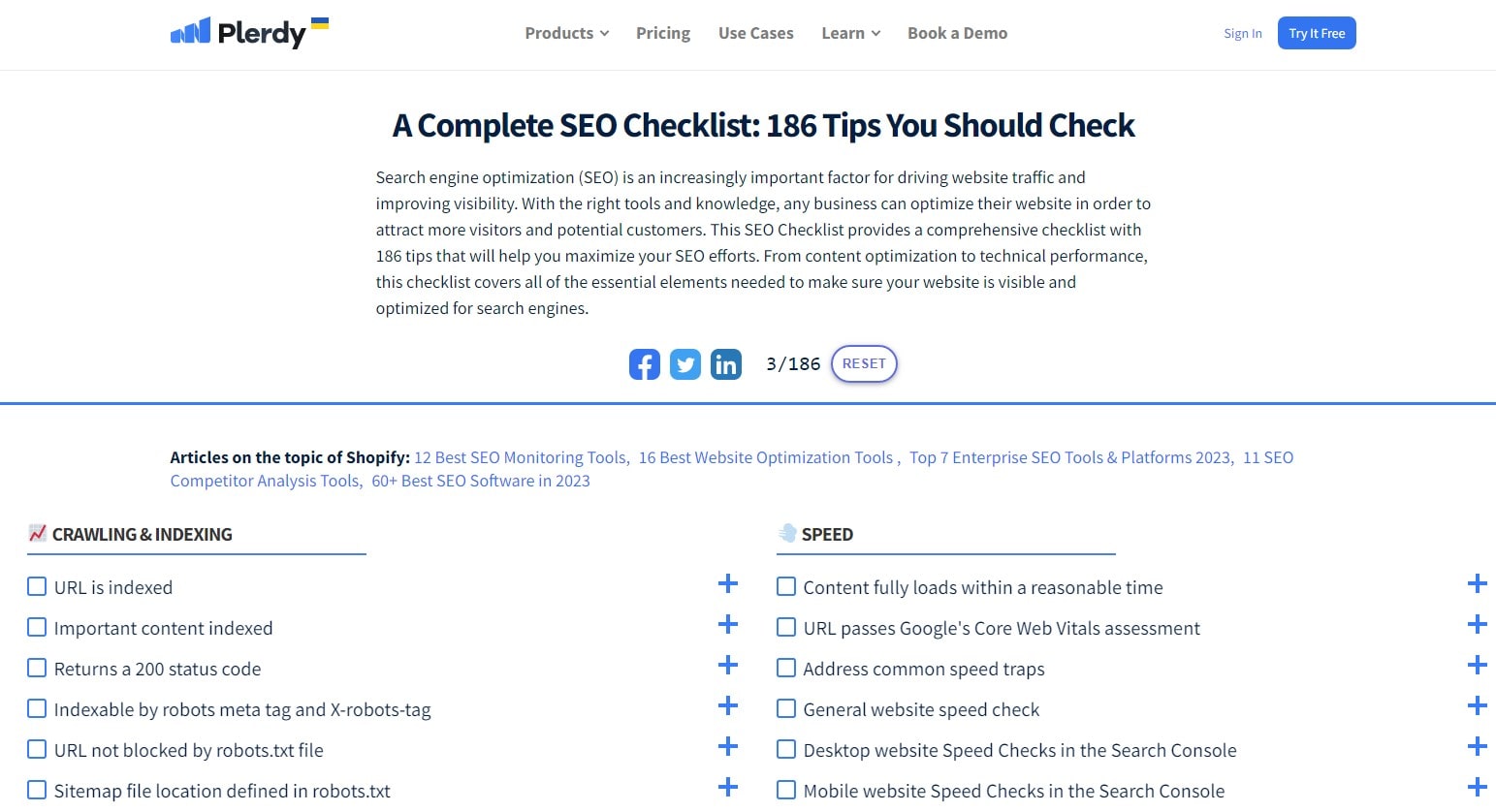
SEO Optimization represents an indispensable pillar in the pantheon of inbound marketing strategies. By refining your website to suit search engine algorithms, you essentially pave a well-lit path for customers to discover your brand amidst the bustling digital marketplace. The brilliance of SEO lies not in its complexity but in its ability to draw customers to your brand organically.
When crafting an SEO strategy, a few essential facets come into play:
- Keyword Research: Unearth the language your customers use and infuse your content with these keywords. An outdoor gear brand, for instance, would pepper their website with terms like “durable hiking boots” or “lightweight camping gear.”
- Site Architecture: Create an intuitive, streamlined user experience. A digital bookstore might create distinct categories for different genres, enabling easy navigation for bookworms.
- Link Building: Establish connections with reputable websites to boost your credibility. A nutrition blogger, for example, might aim to get featured on a popular health and wellness site.
- Responsive Design: Ensure your website shines across all devices. E-commerce apparel stores aspire to offer a smooth buying experience on desktops, tablets, and smartphones.
With SEO optimization, you’re laying out the welcome mat for potential customers, inviting them into your digital storefront. Your content becomes the magnetic pull, gently guiding customers down the inbound marketing funnel. But remember, SEO isn’t a sprint—it’s a marathon. Building visibility and credibility takes time. However, by consistently honing your SEO strategy, you’re planting seeds for long-term customer engagement, fostering connections that blossom into loyalty. This is the magic of SEO, a lighthouse in the sea of digital content, guiding customers safely to your brand’s shores.
Strategy 2: Blogging and Content Marketing
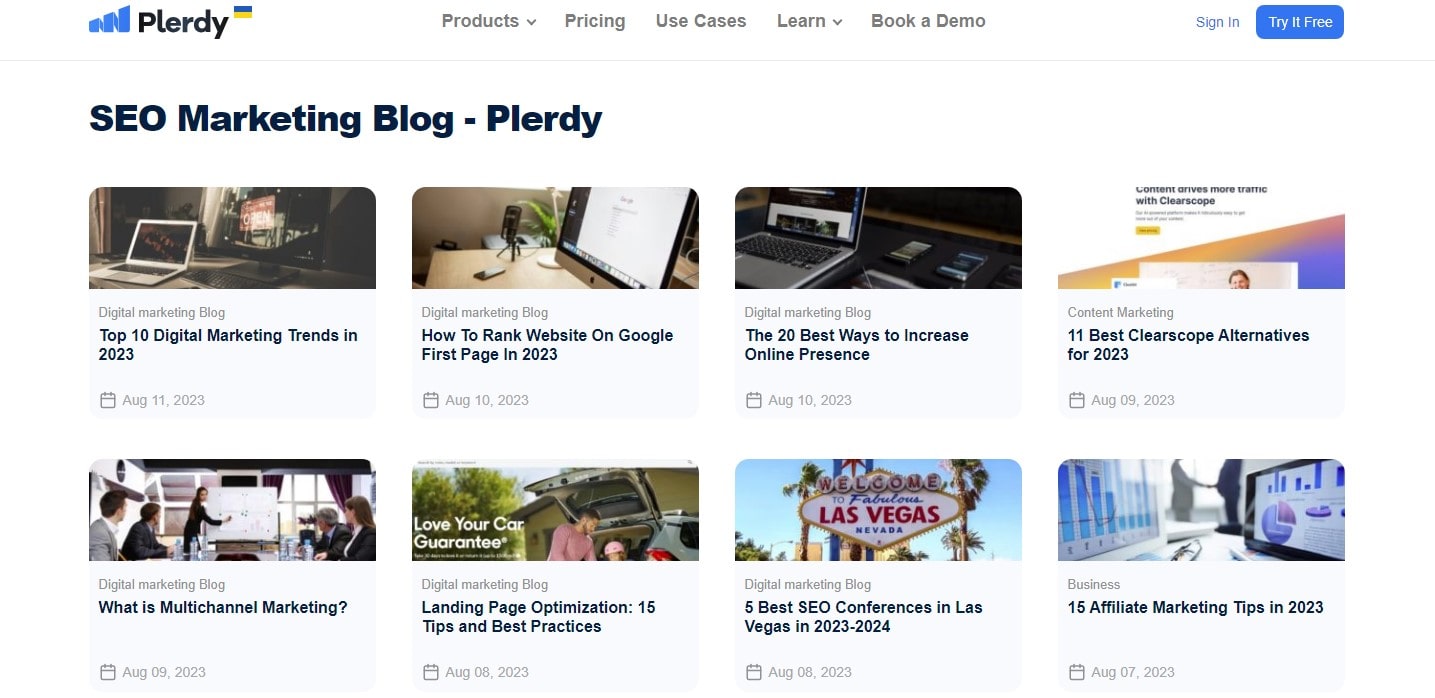
In the sphere of inbound marketing, blogging and content marketing hold a key position. They serve as dynamic tools that not only entice customers with valuable, engaging information but also build a strong, authoritative image for your brand. Think of your content as a magnet—drawing customers in and making them stick around.
A sound content marketing strategy incorporates several aspects:
- Identifying Customer Needs: Discover what your customers crave for information. A travel agency might dish out blog posts about off-the-beaten-path destinations, aligning with the adventurous spirit of their clientele.
- Providing Solutions: Deliver content that addresses specific problems. A tech company, for example, could create how-to guides on common software glitches.
- Sharing Insights: Establish your brand as a thought leader. A fashion retailer could forecast upcoming style trends, making them a go-to source for fashion enthusiasts.
- Storytelling: Craft engaging narratives to forge emotional bonds. A coffee roaster might share the journey of their beans, from fair-trade farms to the customer’s cup.
By leveraging the power of blogging and content marketing, you transition from being just another business into a trusted source of information, a friend in the vast digital landscape. High-quality content becomes your voice, speaking directly to your customer’s interests, curiosities, and concerns. This continual interaction fosters a deep sense of familiarity and trust—setting the stage for long-term customer loyalty. Blogging and content marketing help your brand and its audience establish a lasting, meaningful connection.
Strategy 3: Social Media Engagement
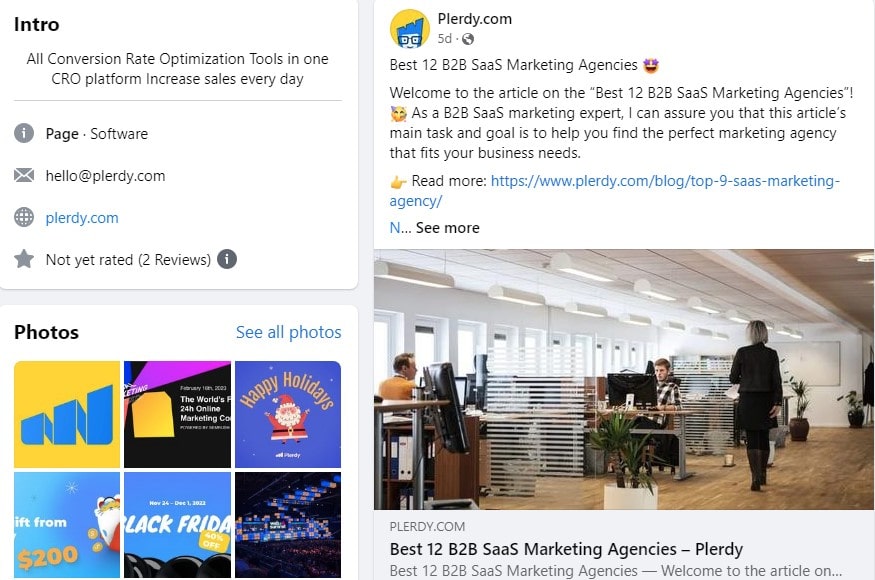
In the panorama of inbound marketing, social media engagement has evolved into an influential tool for building robust connections with customers. Far beyond mere promotional platforms, social media channels offer a unique space for interaction, feedback, and community building. At its core, social media engagement enables brands to shift from monologues to dialogues, sparking conversations that enrich customer relationships.
Here are key strategies for enhancing social media engagement:
- Content Diversity: Mix up your posts with a variety of content forms. An independent bookstore might share book reviews, author interviews, and literary quotes to engage its book-loving audience.
- Community Building: Foster a sense of community among followers. A local organic food store could encourage customers to share their favorite recipes using their products, fueling engagement and promoting a sense of shared values.
- Timely Responses: Ensure prompt and thoughtful replies to comments and messages. A home decor brand might promptly respond to queries about product care or styling tips, enhancing their customer service reputation.
- Hashtag Utilization: Make clever use of hashtags to increase content visibility. A fitness trainer might create a unique hashtag for their workout challenges, amplifying reach and spurring engagement.
- User-Generated Content: Showcase content created by your customers. A camping gear company might feature customer photos from their wilderness adventures, making customers feel valued and part of the brand’s story.
Harnessing the power of social media engagement, businesses can flip the script—from speaking to customers to conversing with them. This strategy gives a human touch to your brand, nurturing a sense of intimacy and connection. It amplifies your brand’s voice amidst the noise of the digital landscape, pulling customers closer through meaningful interactions. In inbound marketing, a solid social media interaction plan is essential.
Strategy 4: Influencer Collaborations

In the age of digital connectivity, influencer collaborations have risen as a strategic tool within the inbound marketing toolbox. Tapping into an influencer’s existing audience, your brand can forge a more personal connection with potential customers. This approach goes beyond simple endorsements—it’s about creating authentic, relatable narratives that resonate with the influencer’s followers.
Essential elements of a successful influencer collaboration strategy include:
- Influencer Alignment: Partner with influencers whose brand values and audience align with yours. A sustainable fashion brand might collaborate with an influencer known for their eco-conscious lifestyle.
- Authenticity: Encourage influencers to weave your product into their natural content flow. A cooking equipment brand, for instance, could collaborate with a food blogger to create unique recipes using their appliances.
- Mutual Promotion: Establish a give-and-take relationship. A digital art platform might offer an influencer exclusive access to new features, which the influencer can then share with their followers.
- Trackable Metrics: Use promotional codes or unique URLs to monitor the success of the collaboration. An online furniture store might provide a unique discount code for each influencer to measure the collaboration’s impact.
Influencer collaborations present a unique opportunity to humanize your brand, aligning it with faces and voices that prospective customers trust and admire. By integrating your product or service into an influencer’s everyday narrative, you draw customers into a more immersive, personal brand experience. This strategy doesn’t just amplify your brand’s visibility; it transforms customers from mere viewers to active participants in your brand’s narrative. In the world of inbound marketing, that’s a narrative worth telling.
Strategy 5: Webinars and Virtual Events

In the rapidly evolving landscape of inbound marketing, webinars and virtual events have taken center stage as effective strategies for engaging customers. These digital touchpoints offer an immersive environment that fosters interactive learning, networking, and the discovery of your brand’s value.
Here’s how you can amplify your inbound marketing strategy using webinars and virtual events:
- Interactive Learning: Develop webinars that educate and inform. A skincare brand, for example, could host a webinar on understanding skin types and how to choose the right products accordingly.
- Thought Leadership: Use virtual events to establish your brand as an authority in the industry. A cybersecurity firm might host a virtual summit, inviting industry leaders to discuss emerging threats and innovative solutions.
- Community Building: Encourage a sense of community among the attendees. A fitness app could organize regular virtual workout sessions, fostering a supportive community of fitness enthusiasts.
- Customer Interaction: Ensure the event provides an opportunity for customers to engage. A digital marketing agency might host a Q&A session at the end of their webinar, addressing queries about the latest digital marketing trends.
Webinars and virtual events not only offer a forum for the exchange of information and insights, but they also foster a sense of community that strengthens brand loyalty. You can build the links between your brand and its clients by providing value in the form of training, networking opportunities, or social gatherings. This approach to inbound marketing not only boosts interaction but also establishes your company as a go-to authority and resource. Webinars and virtual events are, therefore, essential tools to support your inbound marketing initiatives.
Strategy 6: Email Marketing
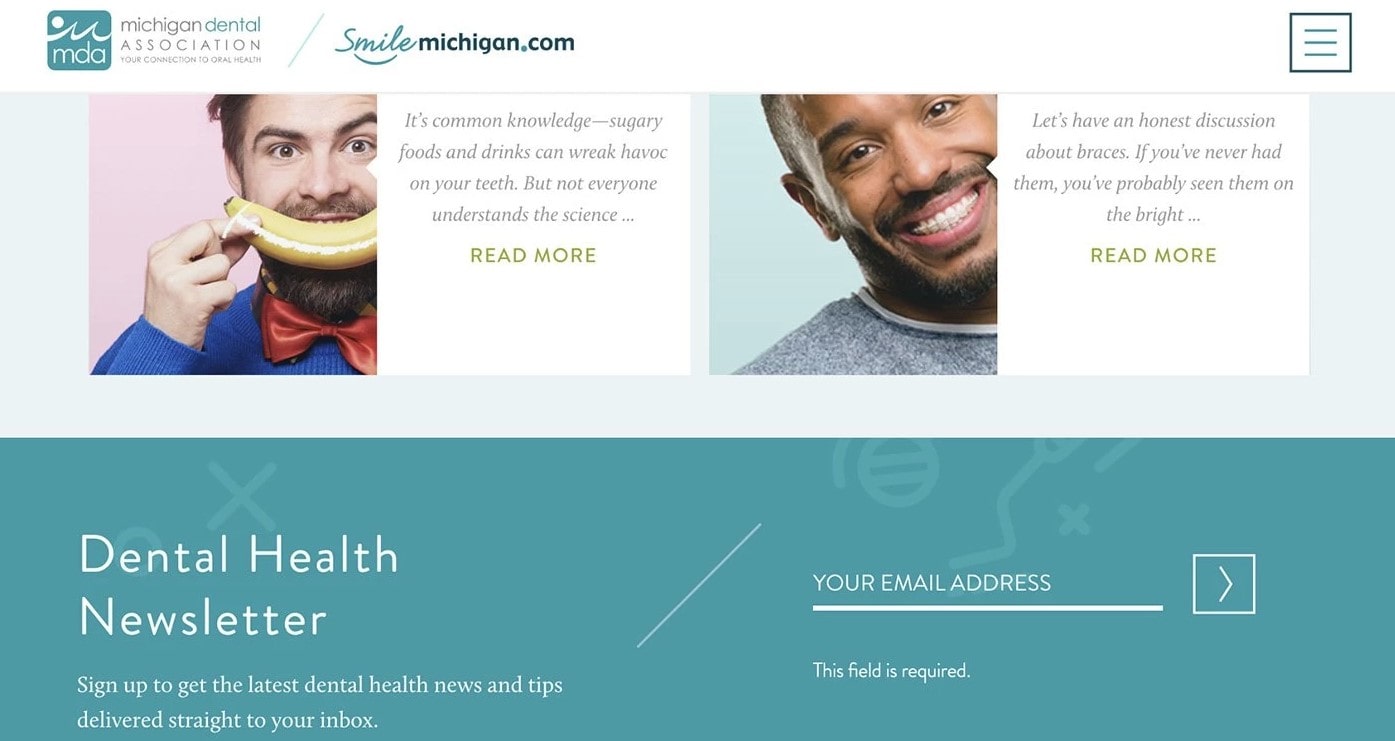
Email marketing continues to be a tried-and-true tactic in the world of inbound marketing, building strong relationships with clients. By delivering tailored content directly to a customer’s inbox, you provide relevant solutions, entice interactions, and drive conversions.
A solid email marketing strategy could include:
- Personalization: Use customer data to personalize emails. A streaming platform could recommend movies based on a customer’s watch history.
- Lifecycle Emails: Map emails to different stages of the customer’s journey. An online store could send a series of emails from a welcome message to cart abandonment reminders.
- Newsletters: Regularly share informative and engaging content. A nutritionist might send monthly newsletters packed with health tips and easy-to-make recipes.
- Promotions: Announce sales, discounts, or special events. A fashion retailer could alert customers about a seasonal sale, complete with styling tips for the upcoming season.
- Surveys: Seek customer feedback to improve your offerings. A software company could request users to complete a brief survey about their experience using the product.
When implemented effectively, email marketing works as a two-way communication channel, providing customers with valuable content while gaining insights into their preferences. This dynamic interplay helps brands cater to customers’ needs and desires more accurately, fostering loyalty and promoting brand growth. In the grand scheme of inbound marketing, email marketing is not just a touchpoint—it’s a strategic vehicle for driving customer engagement and propelling your business forward.
Strategy 7: Video Marketing

Video marketing has earned its place as a dynamic and compelling inbound marketing strategy, playing a vital role in shaping customer journeys. Its immersive nature entices customers, enhancing their engagement with your brand while creating memorable experiences.
Effective video marketing involves:
- Tutorials: Showcase your product’s features or demonstrate how to use your services. For instance, a cosmetic brand might post make-up tutorials using their products.
- Testimonials: Share customer stories or reviews about your product or services. A SaaS company could showcase how their software helped a small business increase productivity.
- Behind-the-Scenes: Offer insights into your company culture or the making of your product. A craft beer brewery could show the brewing process, emphasizing their commitment to quality.
- Webinars: Share professional advice on pertinent subjects. A webinar about the newest social media trends may be presented by a digital marketing agency.
- Product Launches: Introduce new products or services through a live event or a pre-recorded video. An automobile company could launch a new car model with a video highlighting its unique features.
Video content may explain your brand story, demonstrate product value, and connect with buyers emotionally. Videos have the potential to deliver intricate messages in an enjoyable, easy-to-consume format, making them a significant strategy for every inbound marketer. Use video marketing to bring your brand to life, build credibility, and spur customer engagement. It’s a powerful tool in your inbound marketing arsenal that could give your brand the edge it needs to stand out.
Strategy 8: User-Generated Content
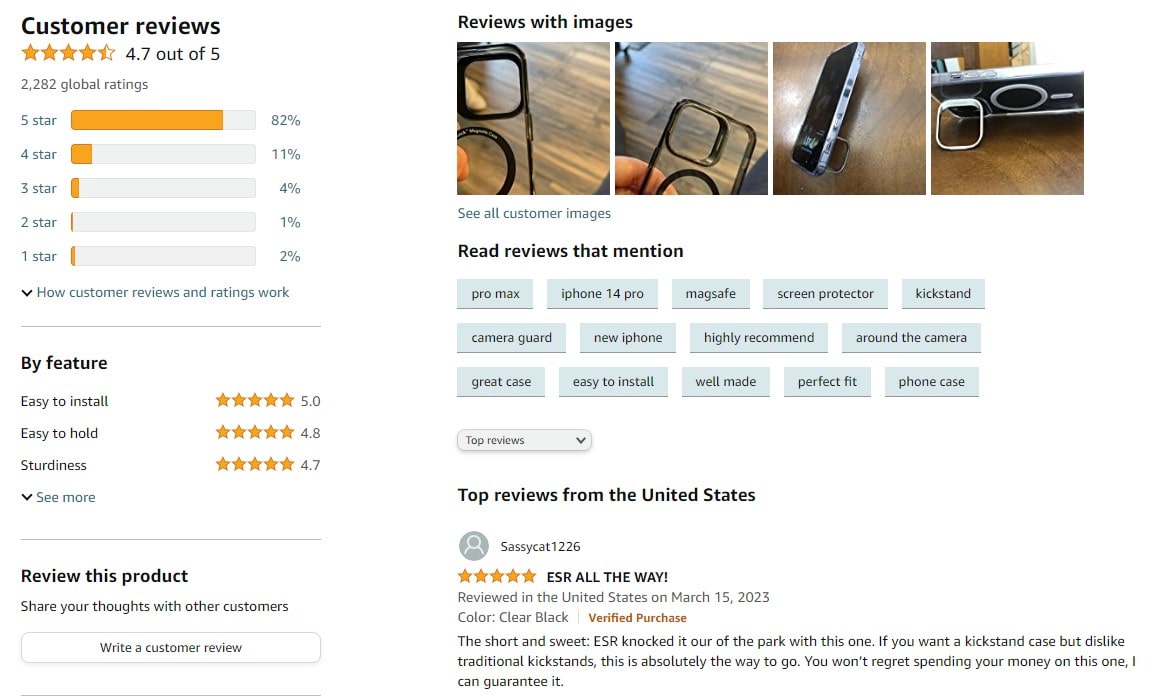
User-Generated Content (UGC) delivers a powerful, authentic punch to any inbound marketing strategy. It taps into the heart of what customers value – seeing genuine experiences from people just like them. Harnessing UGC can effectively boost engagement, trust, and conversions.
Different industries can leverage UGC in various creative ways:
- Fashion Retailers: Customers should be encouraged to post about their personal style using your goods on social media. This shows actual people wearing your clothing, which adds a level of authenticity that is challenging to reproduce.
- Travel and Tourism: Encourage guests to post their adventures using a specific hashtag. This gives potential travelers an inside view into what their experience might be.
- Fitness and Wellness: Challenge clients to share their progress pictures or testimonials. This motivates existing customers and attracts potential ones by showcasing actual success stories.
- Restaurants: Invite diners to post photos of their meal. Food-lovers appreciate seeing dishes in a real-world setting, enhancing the dining allure.
The value UGC brings is multi-layered: it increases brand loyalty, drives engagement, provides social proof, and generates a steady stream of authentic content for your channels. Including UGC in your inbound marketing strategy not only gives voice to your customers but it also creates a sense of community around your brand. Remember, in the fast-paced digital landscape, authenticity often outshines perfection. UGC allows you to demonstrate that real-world relevance while putting your customers front and center.
Strategy 9: Personalization
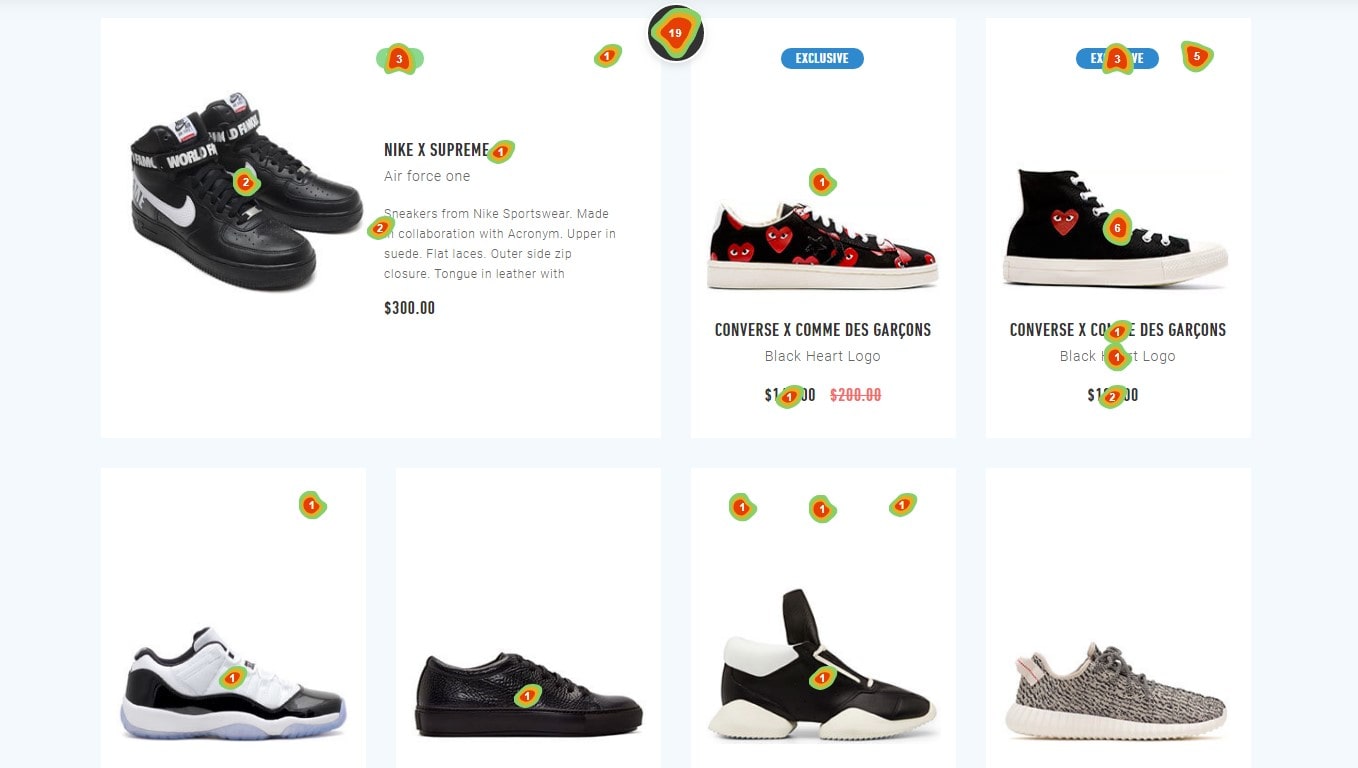
To invigorate your inbound marketing strategy, consider personalization as a compelling tool to attract, delight, and retain customers. Personalization goes beyond addressing a customer by name in an email; it involves providing unique experiences based on the specific preferences and behaviors of your customers.
Take an online fashion retailer as an example. By analyzing past purchase history and browsing behavior, the retailer can tailor product recommendations, display personalized ads, and send targeted promotional emails to customers, thus driving engagement and sales.
Incorporating personalization in your strategy might seem like a daunting task. However, certain steps can make the process smoother:
- Segmentation: Group your customers based on shared characteristics, such as demographics, past purchases, and browsing behavior.
- Customer Journey Mapping: Understand your customers’ steps from discovery to purchase, allowing you to identify opportunities for personalization.
- Data Analysis: Use customer data to tailor experiences. Employ AI and machine learning tools for more accurate personalization.
- A/B Testing: Test different personalized messages and offers to find out what works best for each customer segment.
- Feedback Collection: Encourage clients to provide feedback and preferences so you may hone your personalisation efforts.
Remember, personalization is about making your customers feel valued and understood. It can improve your inbound marketing strategy, increasing consumer engagement and conversion rates. It’s about building relationships and brand champions, not just selling more stuff.
Strategy 10: AI and Chatbots
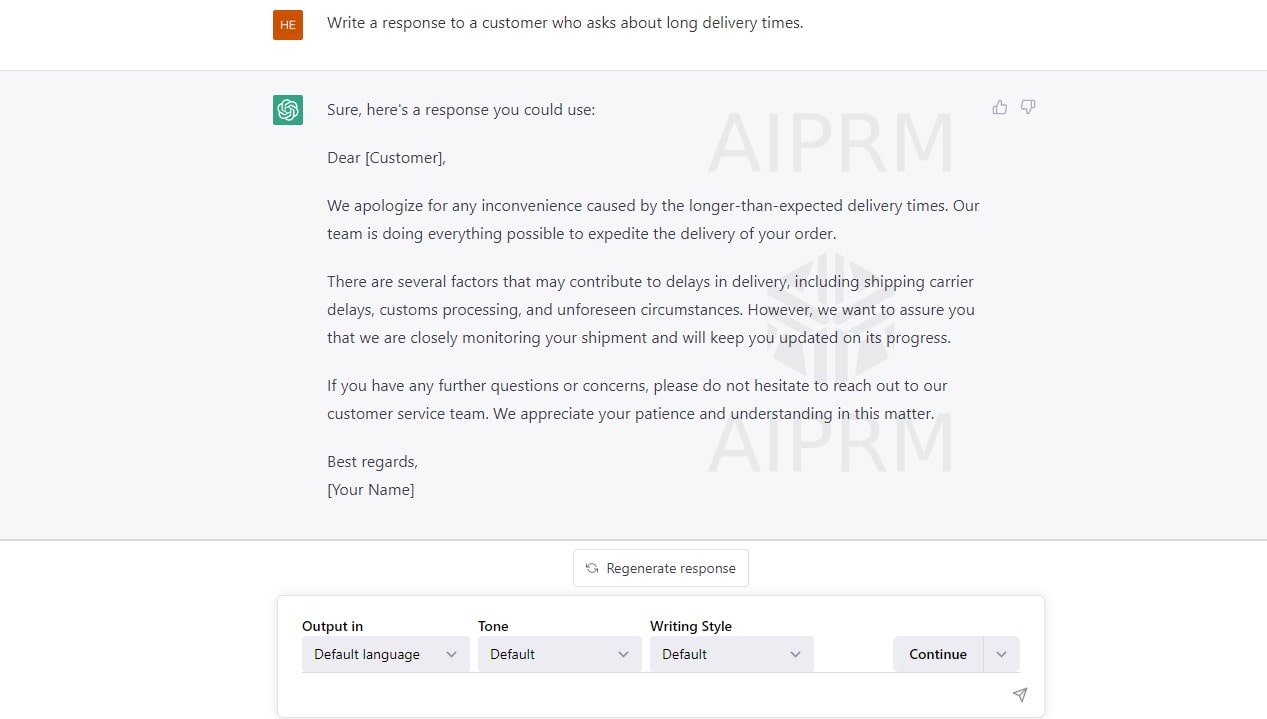
In the dynamic terrain of inbound marketing, the adoption of AI and chatbots has paved the way for efficient customer interaction, making it a robust strategy to captivate and retain customers. AI and chatbots offer personalized experiences, instant responses, and round-the-clock availability, thus enhancing customer satisfaction.
Picture this — an online travel agency employs a chatbot to interact with its customers. This chatbot, powered by AI, can provide instant responses to queries about bookings, give personalized recommendations based on customer preferences, and even handle cancellations or modifications. With this, customers experience a seamless interaction, resulting in increased engagement and conversion rates.
Incorporating AI and chatbots into your inbound marketing strategy could include these steps:
- Choosing the Right Platform: Consider platforms that your customers frequently use, such as your website or social media channels.
- Designing Conversational Flow: Draft scripts that guide your chatbot’s interactions with customers, ensuring they are user-friendly and engaging.
- Integration: Connect your chatbot with your CRM and other necessary systems to track interactions and provide personalized responses.
- Testing and Refinement: Regularly test your chatbot to ensure it’s working correctly and making necessary adjustments for improvement.
The beauty of AI and chatbots lies in their ability to handle repetitive tasks, freeing up your team to focus on more complex customer concerns. By fostering customer engagement and delivering quick responses, AI and chatbots play an instrumental role in enhancing the customer journey, making them a vital tool in your inbound marketing strategy.
Strategy 11: Surveys and Feedback
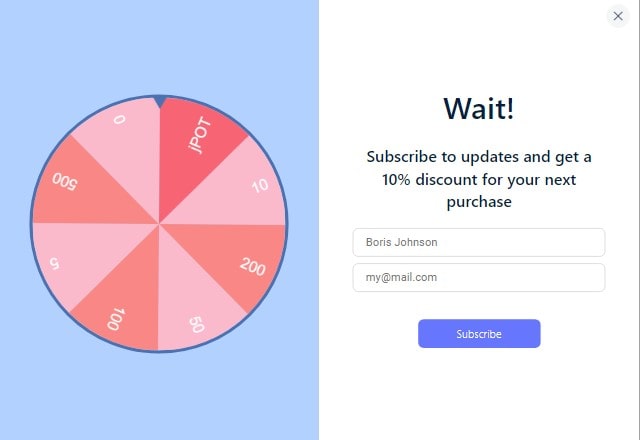
Surveys and feedback are pillars of a stellar inbound marketing strategy, offering a direct line to the heart of your customers’ thoughts and desires. By tapping into these insights, you empower your brand to offer solutions that precisely match customer needs, thereby fostering loyalty and accelerating growth.
Imagine a sportswear brand striving to perfect their product line. By running a customer survey, they identify a rising demand for moisture-wicking fabrics. Acting on this feedback, they integrate such materials into their products, winning applause from their customer base and boosting their sales.
Let’s dive into how to effectively use surveys and feedback in your inbound marketing strategy:
- Identify the Objective: Clearly define what you aim to achieve with the survey. This could range from understanding customer preferences to gauging satisfaction levels.
- Design the Survey: Craft your survey carefully, ensuring questions are clear, concise, and relevant to your objective.
- Deploy the Survey: Deliver the survey through a channel that’s easy for your customers to access, such as email or your website.
- Analyze the Feedback: Interpret the responses to extract valuable insights about your customers’ needs and preferences.
- Implement Changes: Make informed changes in your product, service, or strategy based on the feedback received.
In the landscape of inbound marketing, the customer is the captain of the ship. By incorporating surveys and feedback into your strategy, you get a snapshot into your customers’ minds, enabling you to tailor your offerings accordingly. This positions your brand as a customer-centric entity, bolstering credibility and fostering robust relationships with your customers — the endgame of any effective inbound marketing strategy.
Strategy 12: Mobile Marketing
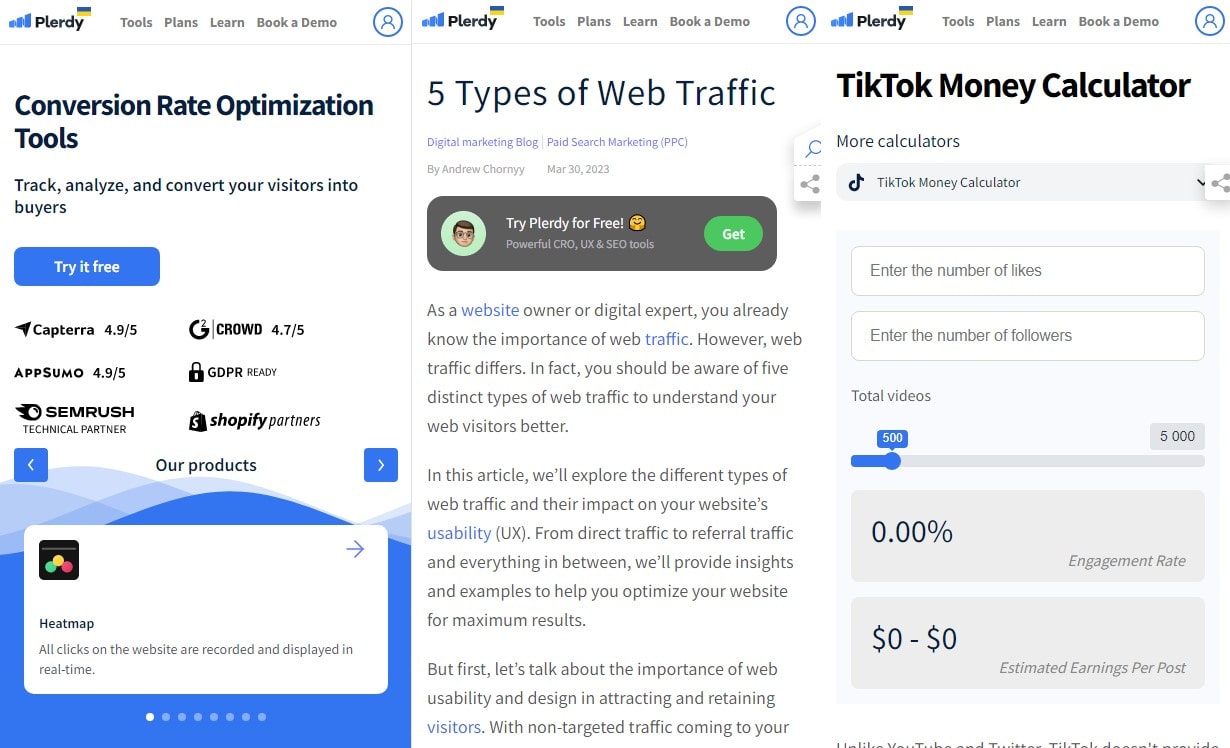
Dive headfirst into mobile marketing, a potent strategy in today’s digital age, where smartphones serve as lifelines to the outside world. Utilizing this strategy, you can connect with customers on a platform they frequent, elevating engagement and nurturing relationships.
Consider a hypothetical coffee shop, Bean there. They leverage mobile marketing by launching an app where customers can pre-order, earn rewards, and receive personalized offers. This convenience and personalized experience spur customer loyalty and drive repeat business.
In the grand scope of inbound marketing, mobile marketing can make a splash with a structured approach:
- Optimize for Mobile: Ensure your website and content are mobile-friendly, providing a seamless user experience across devices.
- App Development: Develop an intuitive app that adds value for the customer — from easy ordering to rewards programs.
- SMS Marketing: Use text messages for timely communication, such as order confirmations or special offers.
- Location-Based Services: Utilize GPS technology to provide location-specific content or promotions.
- Mobile Advertising: Integrate with apps or mobile websites for targeted advertising, catching customers in their digital comfort zone.
As a thriving strategy in the sphere of inbound marketing, mobile marketing hones in on customer convenience and connectivity. By harnessing its potential, you connect with customers in their intimate digital space — their phones. With mobile marketing in your toolkit, expect customer engagement and satisfaction to shift into overdrive, speeding you along the highway of business success.
Conclusion
In wrapping up the exploration of the “12 Best Inbound Marketing Strategies,” it becomes clear that blending diverse methods leads to higher conversion rates and substantial growth in revenue. When combined, these methods can target B2B or B2C prospects and turn interested visitors into devoted clients. ?
Some of the notable highlights include:
- Content Generation: Creating engaging blogs, whitepapers, and podcasts caters to different niches and draws visitors into your sites.
- Social Media Engagement: Utilizing platforms like Facebook, Instagram, and LinkedIn amplifies your messaging and helps in generating quality leads.
- Email Campaigns: Tailoring email campaigns ensures personalized follow-up with potential customers and nurtures leads into conversions.
Optimizing these strategies for ecommerce or manufacturing sectors, for instance, would greatly enhance the buyer’s journey from awareness to making a purchase. ?
But how can you ensure that your strategies are leading to results? Plerdy tool SEO & UX analysis comes into play here, offering detailed assessments to help you track performance, make necessary adjustments, and keep scaling your campaigns for even better ROI. If you’re ready to take your inbound marketing efforts to the next level, don’t hesitate to sign up for a trial with Plerdy and help your business flourish. ?
